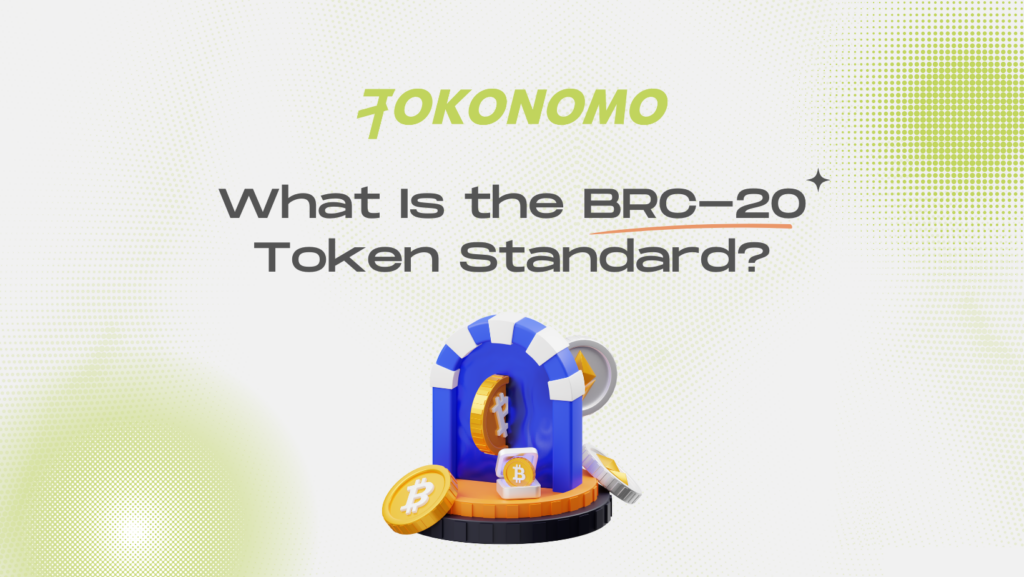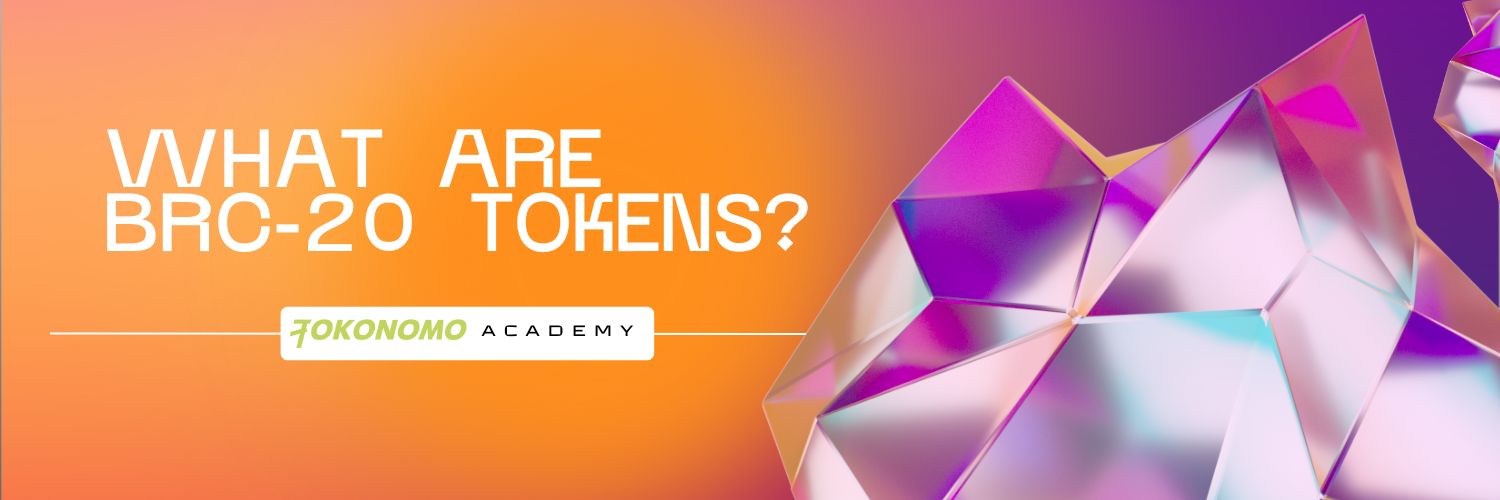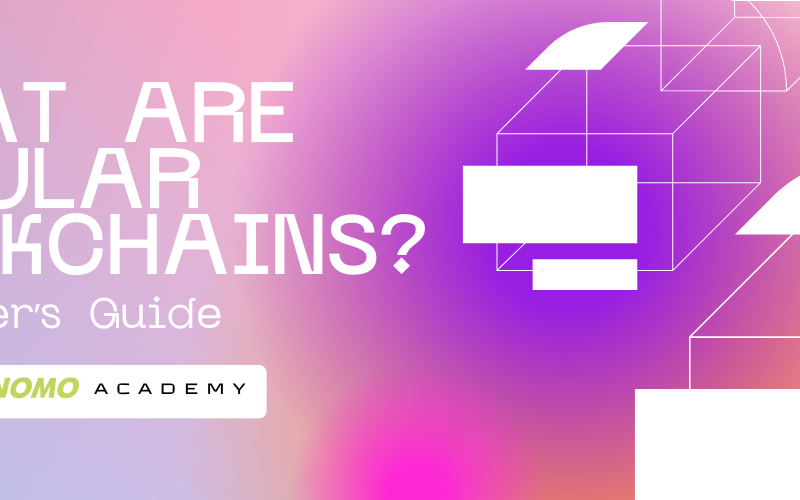As a recent addition to the Bitcoin ecosystem, the introduction of BRC-20 tokens has opened up new possibilities and questioned traditional views of Bitcoin’s potential. This article will delve into what BRC-20 tokens entail, their advantages and disadvantages, and how they might influence the wider blockchain environment.
What Is the BRC-20 Token Standard?
The BRC-20 standard represents an experimental framework for fungible tokens, tailor-made for the Bitcoin blockchain. Fungible tokens are characterized by their interchangeability, wherein each unit of the token possesses identical functionality and intrinsic value.


The advent of standards such as BRC-20 brings the notion of tokenization to the Bitcoin network, thereby expanding its utility beyond its role as a decentralized digital currency. One might conceptualize BRC-20 as an experimental standard aimed at facilitating the creation of alternative coins (altcoins) on the Bitcoin blockchain.
Taproot and Ordinals
The Taproot upgrade, which significantly increased the data capacity of Bitcoin blocks, was pivotal in enabling the Ordinals protocol. This upgrade laid the groundwork for BRC-20 tokens, which are built on top of Bitcoin.
The Ordinals protocol, introduced by software engineer Casey Rodarmor in January 2023, enabled the encoding of data onto individual satoshis, the smallest units of Bitcoin, using Ordinal Theory.
By employing the numbering and inscribing system of the Ordinals protocol, users were able to create both fungible and non-fungible tokens (NFTs) on the Bitcoin network.
How Do BRC-20 Tokens Work?
BRC-20 tokens, which were introduced by the pseudonymous blockchain analyst Domo in March 2023, utilize the ordinals inscription mechanism for the creation and transfer of fungible tokens on the Bitcoin blockchain.


In contrast to traditional token standards such as ERC-20 on Ethereum, BRC-20 tokens do not have support for smart contracts and instead rely on ordinal inscriptions for their functionality. While ERC-20 tokens are generated through smart contract code, BRC-20 tokens are created by inscribing JSON files onto individual satoshis.
Despite being highly experimental, the simplicity of the BRC-20 standard, which eliminates the need for complex smart contracts, makes it easier to tokenize assets on the Bitcoin network.
Advantages and Disadvantages of BRC-20 Tokens
Advantages
- Simplicity: BRC-20 tokens utilize a straightforward tokenization mechanism, eliminating the necessity for complex smart contracts. This simplicity streamlines the process of token minting and transfer, making it more accessible to a wider range of users, even those without specialized technical knowledge.
- Enhanced network security: By leveraging the robust security features of the Bitcoin blockchain, BRC-20 tokens benefit from its decentralized nature, advanced algorithmic technologies, and the proof-of-work consensus mechanism. These aspects combine to ensure a high level of security within the network.
- Promising growth potential: While still in an experimental phase, the adoption of the BRC-20 standard is steadily increasing. The Bitcoin network’s diverse and expansive user base attracts developers, investors, and users alike, fostering ongoing development and innovative advancements in the field.
Disadvantages
- Absence of smart contract functionality: Unlike other token standards such as ERC-20, BRC-20 lacks support for smart contracts. This limitation can result in inefficiencies and restrict the range of possibilities available.
- Dependence on the Bitcoin blockchain: BRC-20 relies on the Bitcoin blockchain, making it subject to the network’s inherent limitations. Challenges such as low scalability, slow transaction speeds, and higher transaction fees become more pronounced, affecting the efficiency of BRC-20 token transfers.
- Limited interoperability: Tailored specifically for the Bitcoin ecosystem, BRC-20 faces challenges in terms of interoperability with alternative blockchain systems and crypto wallets.
- Restricted utility: Primarily intended for the tokenization of fungible assets, BRC-20 is less suitable for non-fungible assets or the implementation of complex token features.
- Network congestion: BRC-20 tokens and Bitcoin NFTs often contribute to network congestion, resulting in slower confirmation times and higher transaction fees.
The Prospects and Challenges Ahead for BRC-20 Tokens
While the standard is still in the experimental phase, its increasing acceptance and utilization suggest potential growth in the medium and long term. The expanding number of projects adopting BRC-20 tokens underscores their potential to reshape the Bitcoin blockchain with new use cases and innovative products.
However, challenges like network congestion, scalability concerns, and the absence of smart contract functionality could hinder BRC-20’s widespread adoption. To address these challenges, developers are exploring the implementation of Bitcoin Layer 2s and other scalability solutions.
Conclusion
BRC-20 tokens stand out as a significant venture into broadening the functionality of the Bitcoin blockchain. The introduction of the Ordinals protocol, in conjunction with the Taproot upgrade, has effectively enabled the creation of fungible tokens on Bitcoin, disrupting traditional perceptions of the network’s capabilities. Despite offering simplicity, compatibility, and security, the constraints of BRC-20 tokens emphasize the continuous experimental evolution of this standard.











